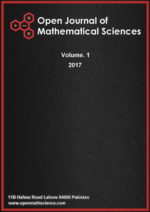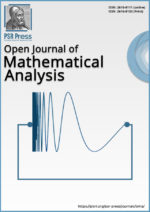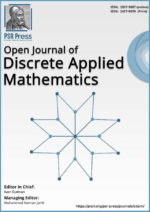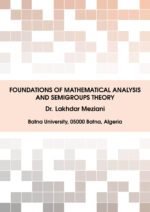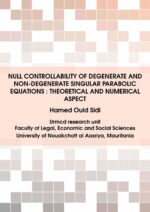TCMS-Vol. 3 (2023), Issue 1, pp. 56 – 61
Open Access Full-Text PDFUtkal Naik, Subodha Kumar Patjoshi, Chitrasen Baskey and Rajiv Kumar Nanda
Abstract:Background: Mucocutaneous lesions are the most prevalent sign of HIV infection and serve as the first clue that HIV is present. They are important indications of a patient’s immunological health, and HIV-infected patients typically experience more severe, unusual, and extensive symptoms.
Objectives: To investigate the prevalence and spectrum of mucocutaneous manifestations in patients with HIV infection, and to determine the relationship between these manifestations and CD4 cell counts as an indicator of immunological health.
Materials and Methods: The study was conducted at a tertiary care Medical College and Hospital in Cuttack. Patients were enrolled from two centers, the Dermatology outdoor and Anti Retro Viral Therapy Centre, within the hospital. The mucocutaneous manifestations were classified, and CD4 cell counts were determined through collected samples to assess their immune status.
Results: The most common disorders were fungal infections (18%), followed by oral lesions (15.5%), and Papulosquamous disorder (14.8%). Out of 150 patients, 53 patients had 165 dermatological manifestations with a CD4 count below 200 cells/\(mm^3\), 85 patients had 105 dermatological manifestations with a CD4 count between 200-500 cells/\(mm^3\), and 12 patients had 14 dermatological manifestations with a CD4 count of more than 500 cells/\(mm^3\).
Conclusion: Both CD4 count and mucocutaneous manifestations can be used as markers of immunosuppression in HIV/AIDS patients. In resource-poor countries where CD4 count and other expensive markers are not affordable, mucocutaneous manifestations alone can be used as a marker of immunosuppression.


